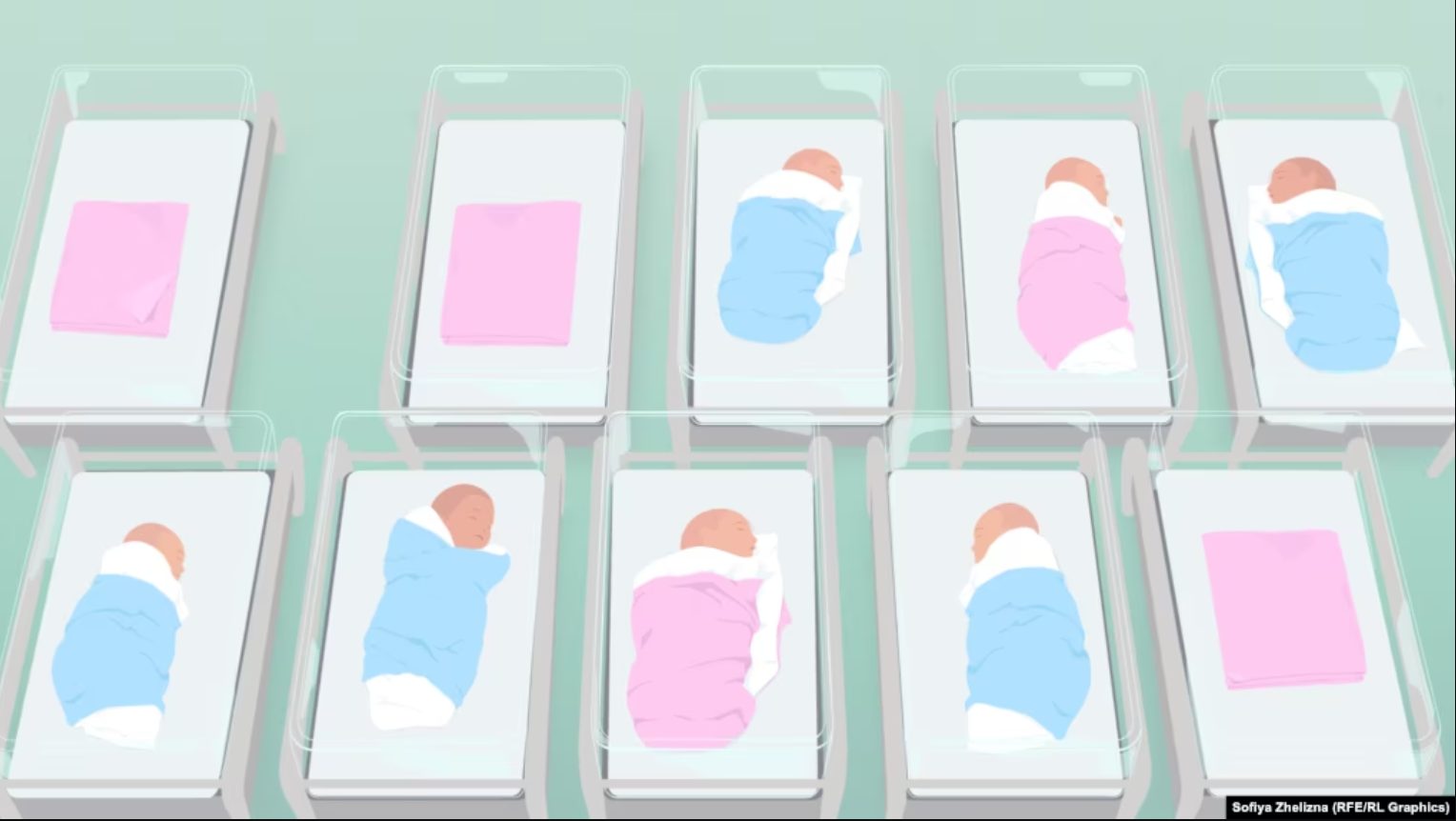The balance between boys and girls born in Armenia has been broken again. For years, that indicator was close to the acceptable norm, but the data of 2022 show that more boys than the norm are born in Armenia.
An internationally acceptable balance is considered when 104-106 boys are born for every 100 girls born. In Armenia, that number in 2022 was 112 boys with 100 girls. Moreover, in some regions, this indicator deviates more from the norm.
According to the statistical committee, in the Vayots Dzor region, which is in the most difficult situation, 124 boys were born for every 100 girls, and 119 boys were born in Shirak, Tavush and Armavir. The index is within acceptable limits only in Syunik. For every 100 girls, 104 boys were born there.
However, a closer look shows that these differences between births are especially noticeable in the case of the third and fourth children.
The effect of sex-selective abortions on this number is not large when it comes to first and second children. In this case, according to numerical data, parents agree with any gender of the child.
In the case of births of the third and fourth children, this gender gap is mainly explained by the fact that parents in Armenia prefer male children. And if the embryo is a girl, some parents go for abortions.
According to the Ministry of Health, during the previous 30 years, as a result of such actions, 80,000 girls were not born in Armenia.
In 2016, a law was passed in Armenia, according to which abortion at the request of the parents is allowed only up to 12 weeks of pregnancy. After that, abortions are allowed only for health and some social reasons, by the decision of specialists.
It is obvious from the justification of this law that one of the goals of the adoption of the law was the fight against sex-related abortions. In particular, the following was mentioned:
"If such a sex ratio of births continues, a gender gap is predicted, as a result of which 92,932 girls will not be born until 2060, which in turn will lead to a further reduction in the number of births, and as a result, a decrease in the number of the population."
These and other measures, as can be seen from the previous graphs, have led to a reduction in sex-related abortions. However, the comparison with other countries shows that Armenia does not have much success in this struggle.
The visualization shows that the general trend is that the higher the income of the country's population, the closer the balance of male-female births is to the norm. According to that, Armenia should have average indicators as a middle-income country.
From the visualization, it can be seen that, like other countries, the gender ratio difference at birth is decreasing in Armenia as well. But Armenia is obviously far away in both cases; from being close to the acceptable index and from the point of view of comparison with other countries.
Text and graphics By Garik Harutyunyan
© All the stories, infographics and other visuals bearing the Ampop Media logo is possible to publish on other audiovisual platforms only in case of an agreement reached with Ampop Media and/or JFF.
Փորձագետի կարծիք
First Published: 31/12/2023









